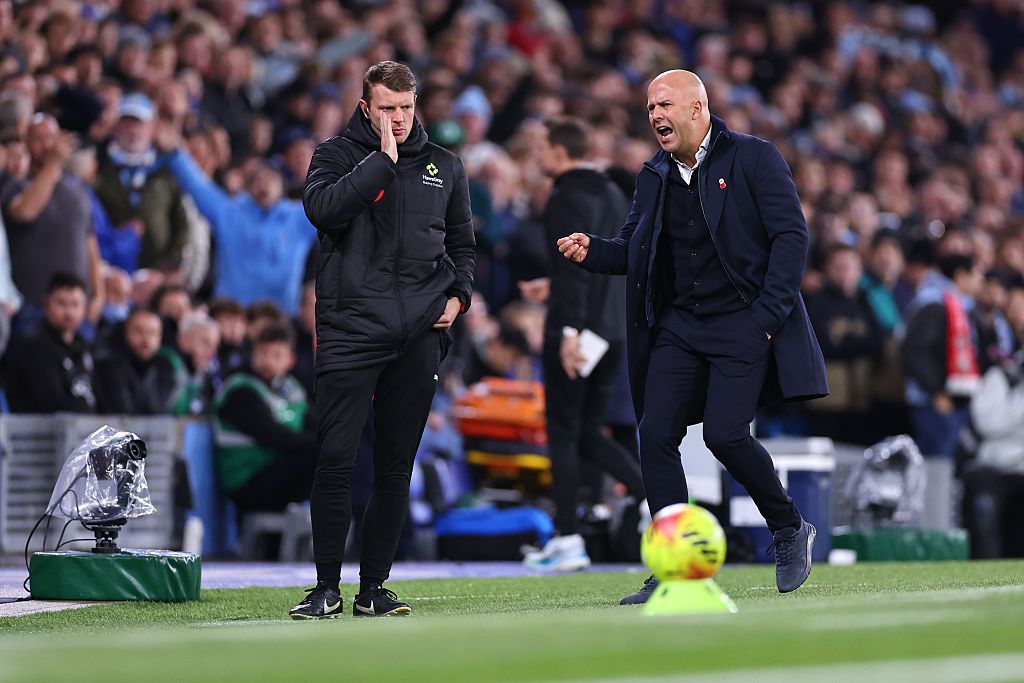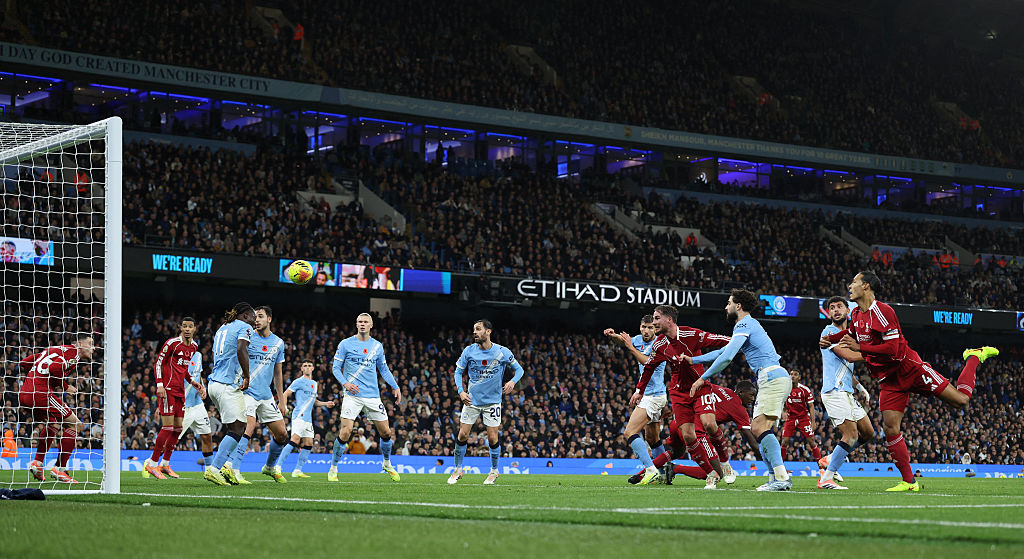
Liverpool were denied an equaliser in the first half of their meeting with Liverpool at the Etihad Stadium in a decision that proved contentious.
The hosts went a goal ahead through Erling Haaland, having missed a penalty earlier in the half, but the Reds thought they’d got one back just under 10 minutes later when Virgil van Dijk nodded home a Mohamed Salah corner.
It wasn’t to be, however, with the fourth official quickly declaring offside and chalking the goal off, a decision both referee Chris Kavanagh and VAR agreed with.
The rule that denied Liverpool an equaliser against Manchester City

Left-back Andy Robertson was the offending party, who had been left in the six-yard box as the City backline pushed up.
Van Dijk headed his effort straight at his fellow defender, but the Scotsman clearly ducked, made no contact with the ball, and it squeezed past the outstretched arm of Gianluigi Donnarumma.
"I think it's really harsh"Micah Richards and Roy Keane share their thoughts on the disallowed Liverpool goal 🔍 pic.twitter.com/MqIah11v1uNovember 9, 2025
However, according to the rulebook, a player is offside, even if they don’t touch the ball, when interfering with an opponent.
One such example outlined in the laws states a player cannot make “an obvious action which clearly impacts on the ability of an opponent to play the ball”.
While Robertson didn’t touch the ball or impede Donnarumma physically, and made every effort to get out of the way, he ducked late.
The Scotland international’s mere presence in the flight path of the ball could have created a flicker of doubt in the City gloveman’s mind about whether to dive, or hold his position to anticipate an extra touch from Robertson.
As he’s in an offside position, such an action is against the rules and the goal, therefore, cannot stand – the reasoning later confirmed by the Premier League Match Centre on X.

Despite the officials’ justified thinking, it was still a controversial decision, as subjective offsides often are.
“No, I wouldn’t agree with that, I think it’s harsh,” pundit and former City player Micah Richards told Sky Sports. “I think the goalkeeper can see it all the way.”
In FourFourTwo’s opinion, while Donnarumma doesn’t look like he’s reaching the header with Robertson there or not, it’s difficult to quantify whether Robertson’s presence delayed his move over to his left, and what impact that may have had on the save.
It’s a tight call, but the officials were probably right on balance.







